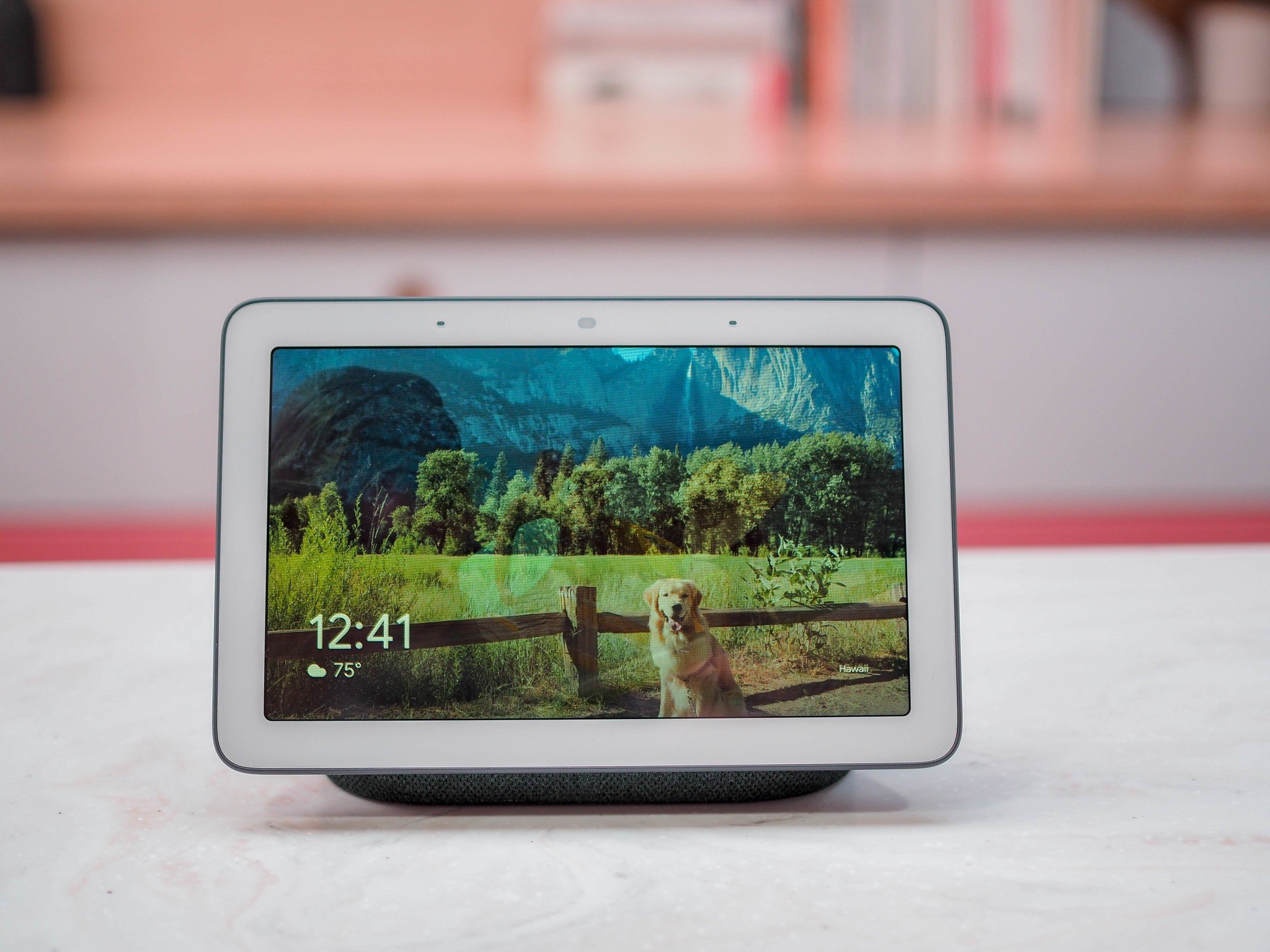The Google Home Hub is running a different OS from other Smart Displays

At Google's big hardware event this Tuesday, the company announced a slew of new products — one of which was the Google Home Hub. The Home Hub is the latest Smart Display to hit the market and is essentially Google's version of products like the Lenovo Smart Display and JBL Link View.
However, while Lenovo and JBL's gadgets run something called Android Things (an Internet of Things platform built by Google itself), the Home Hub is powered by something completely different.
In an interview with Ars Technica, Google's Vice Presiden of Product Management, Diya Jolly, explained that the Home Hub is actually based on a modified version of Google Cast — the same platform that powers the Chromecast. Commenting on this, Jolly said:
There's no particular reason. We just felt we could bring the experience to bear with Cast, and the experiences are the same. We would have easily given the third-parties Cast if they wanted it, but I think most developers are comfortable using Android Things.
In addition to the discrepancy with the operating system, the Home Hub also uses a custom Amlogic processor instead of the Qualcomm Snapdragon 624 that was built specifically to power Android Things devices. Although it's unclear why exactly this was done, one possibility is that it was a cost-cutting move to help get the Home Hub at its $150 price tag.
While that may sound like substantial differences between the Home Hub and other Smart Displays, there's honestly nothing user-facing that we've seen so far that really makes the Home Hub a seriously better or worse product. All of the new software goodies shown off at the Google event are coming to other Smart Displays, but even so, it's still interesting to think that Google built a turn-key platform for OEMs to make these sort of gadgets and then decided to not use it itself.
If you've got any takes on this, feel free to sound off in the comments below.
Google Home Hub hands-on: The perfect compact bedside gadget
Get the latest news from Android Central, your trusted companion in the world of Android

Joe Maring was a Senior Editor for Android Central between 2017 and 2021. You can reach him on Twitter at @JoeMaring1.
